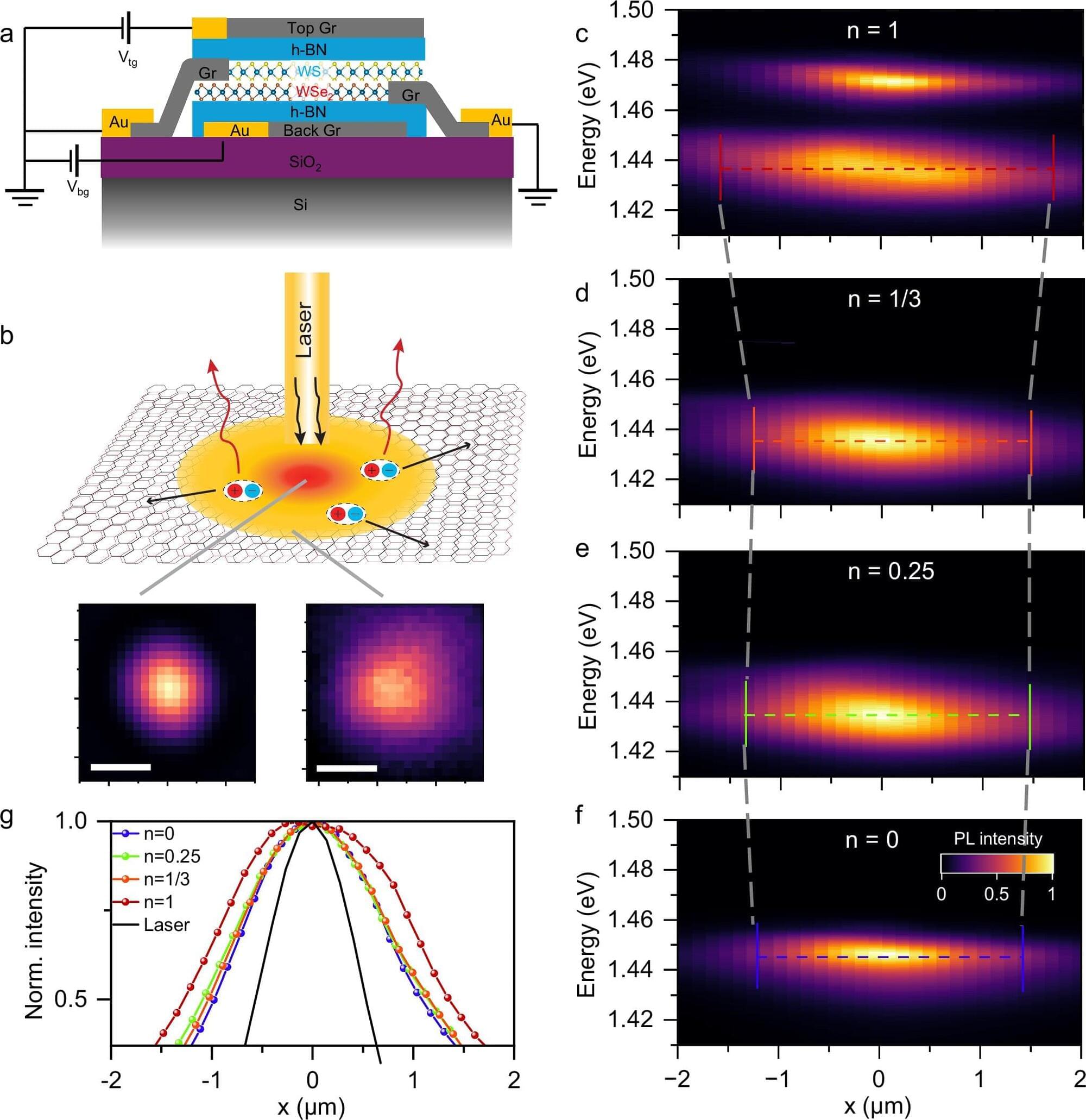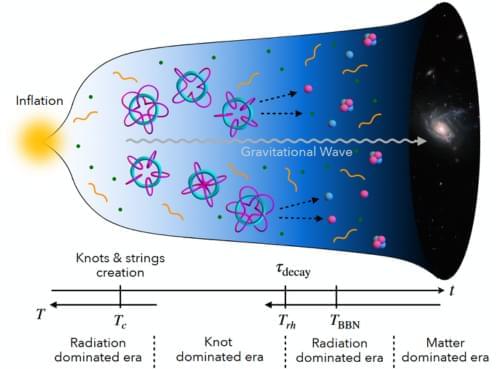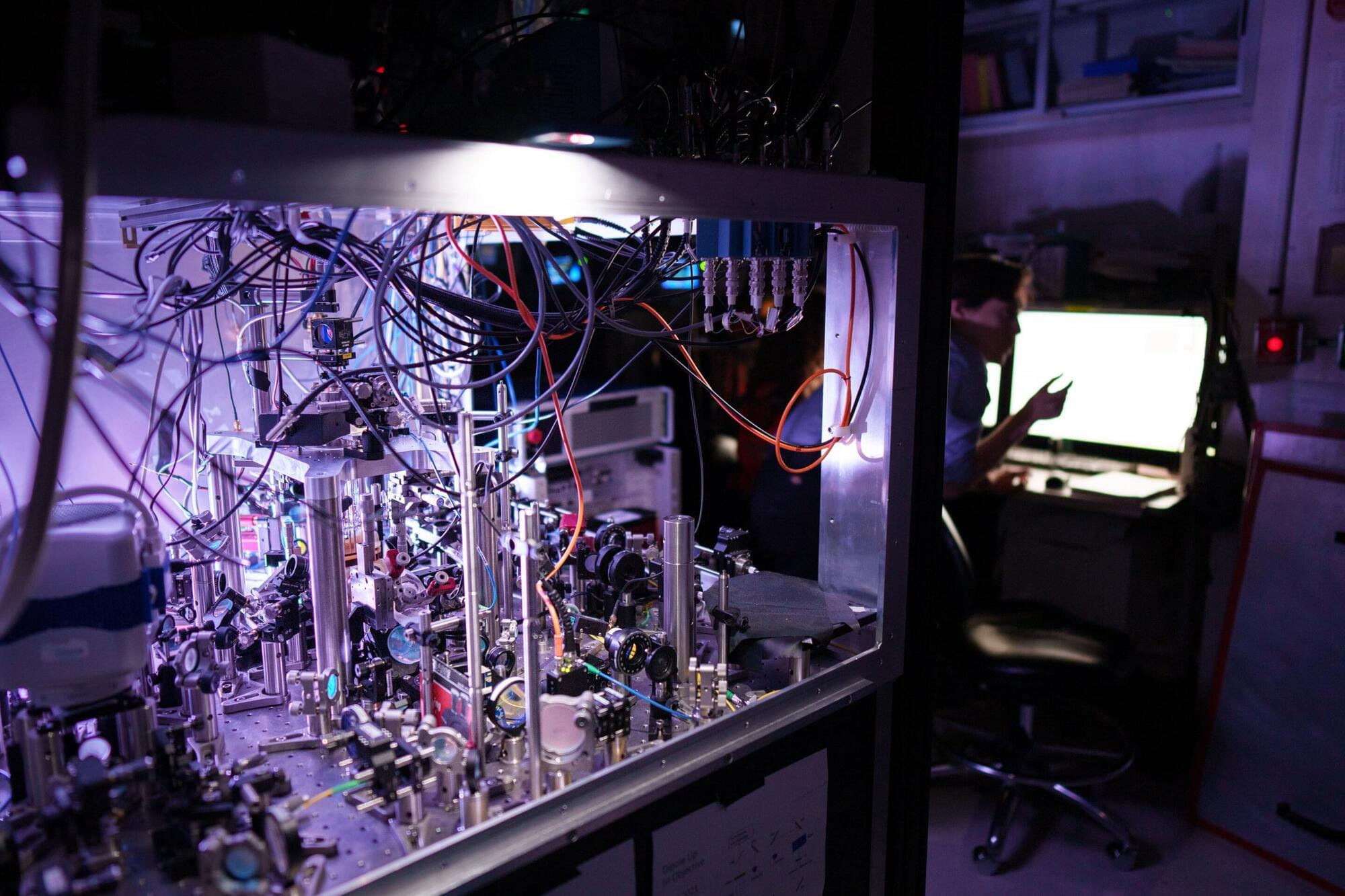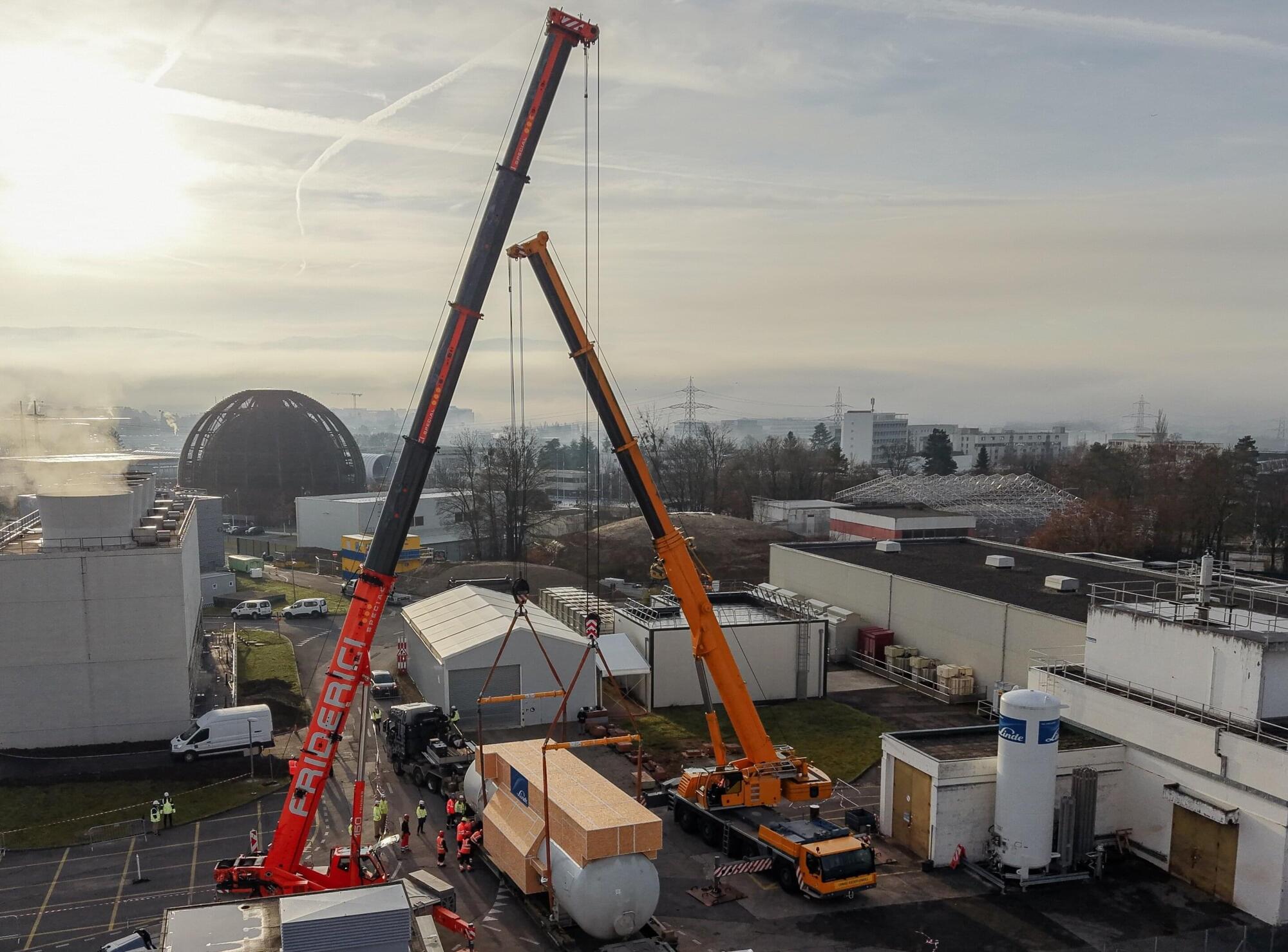Excitons are pairs of bound negatively charged electrons and positively charged holes that form in semiconductors, enabling the transport of energy in electronic devices. These pairs of charge carriers also emerge in transition metal dichalcogenides, thin semiconducting materials comprised of a transition metal and two chalcogen atoms.
Researchers at Carnegie Mellon University, UC Riverside, and other institutes have introduced a new strategy to control the flow of energy in structures comprised of two transition metal dichalcogenide layers stacked with a small rotational mismatch, also known as moiré superlattices.
Their proposed approach, introduced in a paper published in Nature Communications, entails the active tuning of electronic states in moiré superlattices in ways that alter the transport of excitons.









